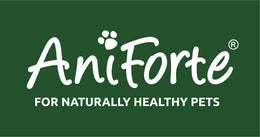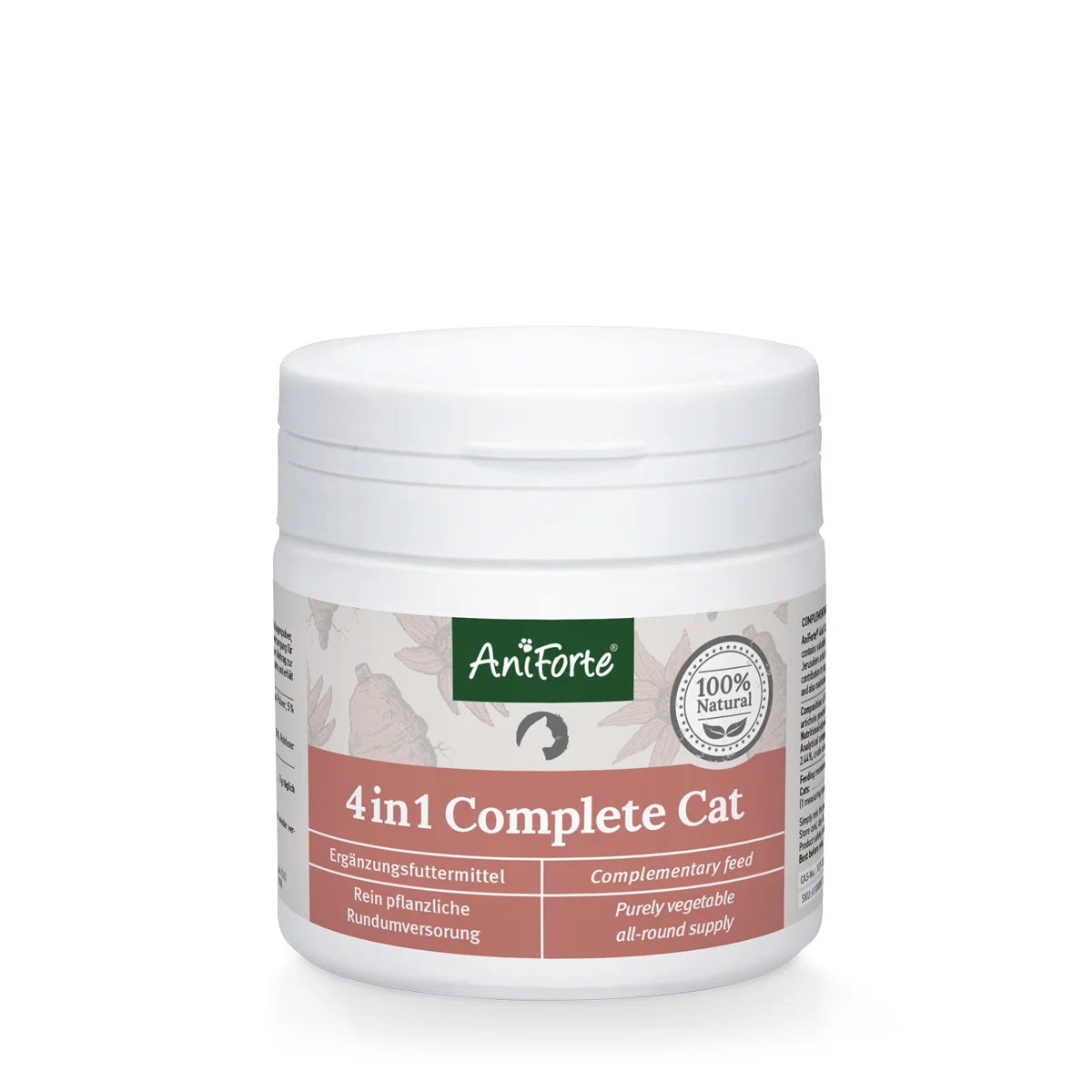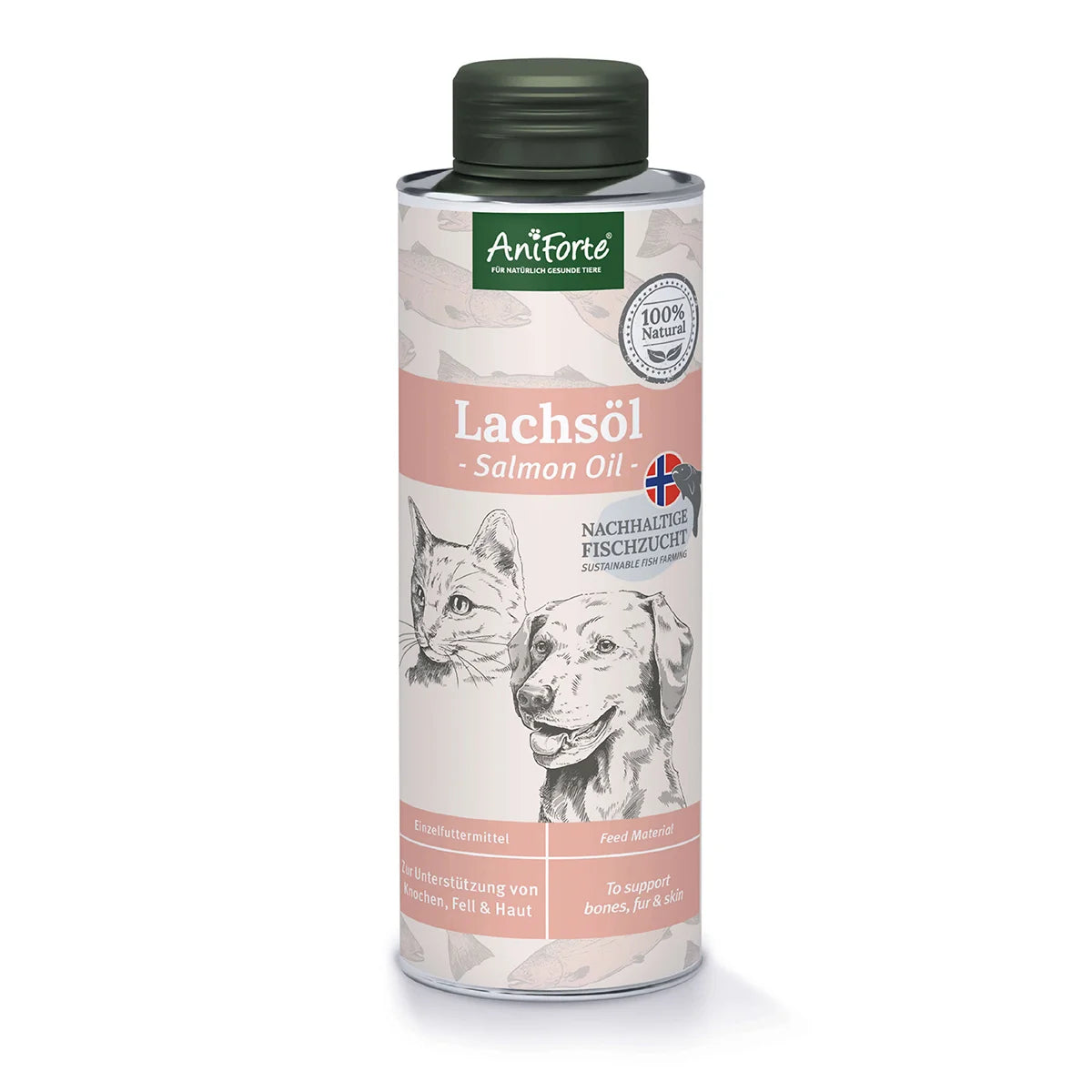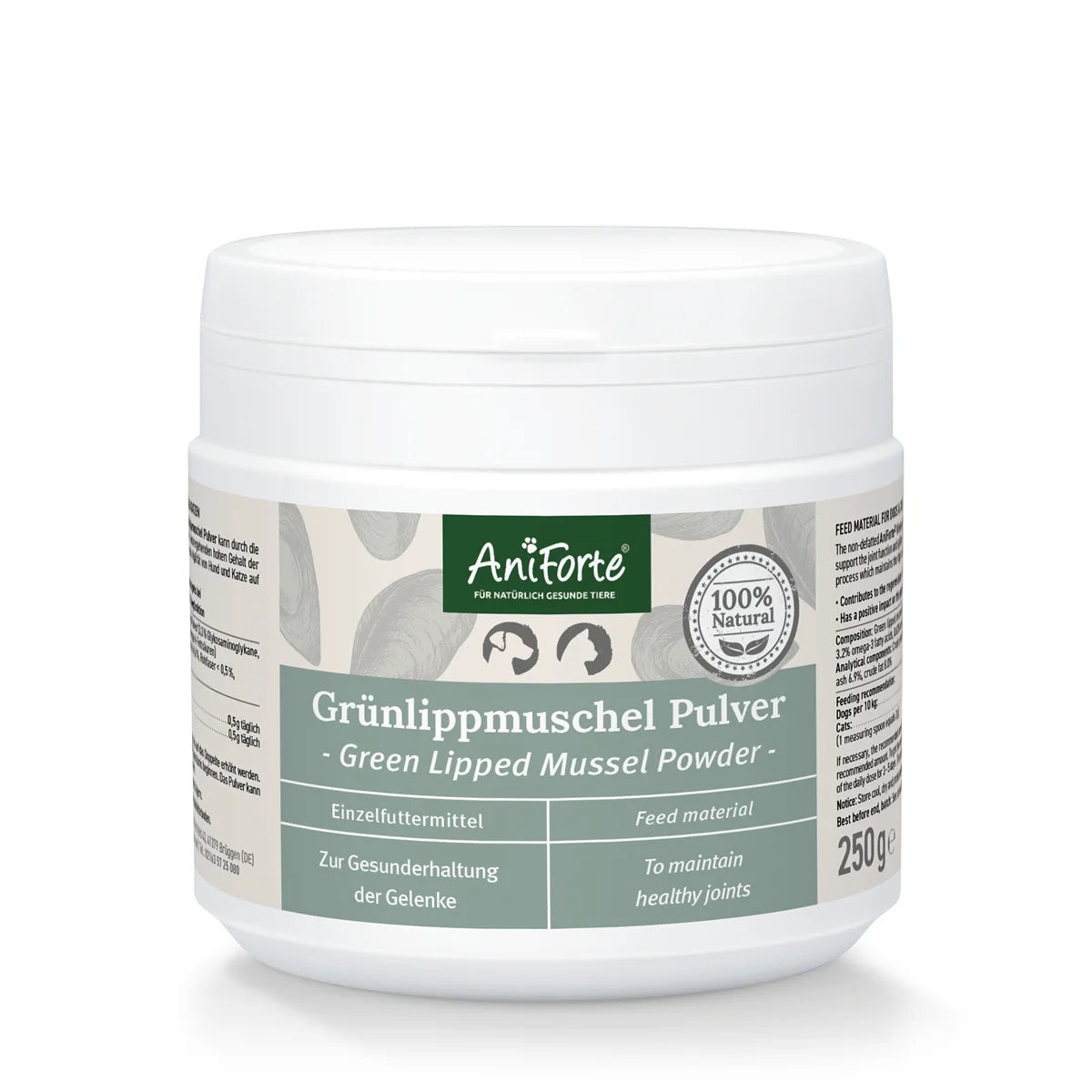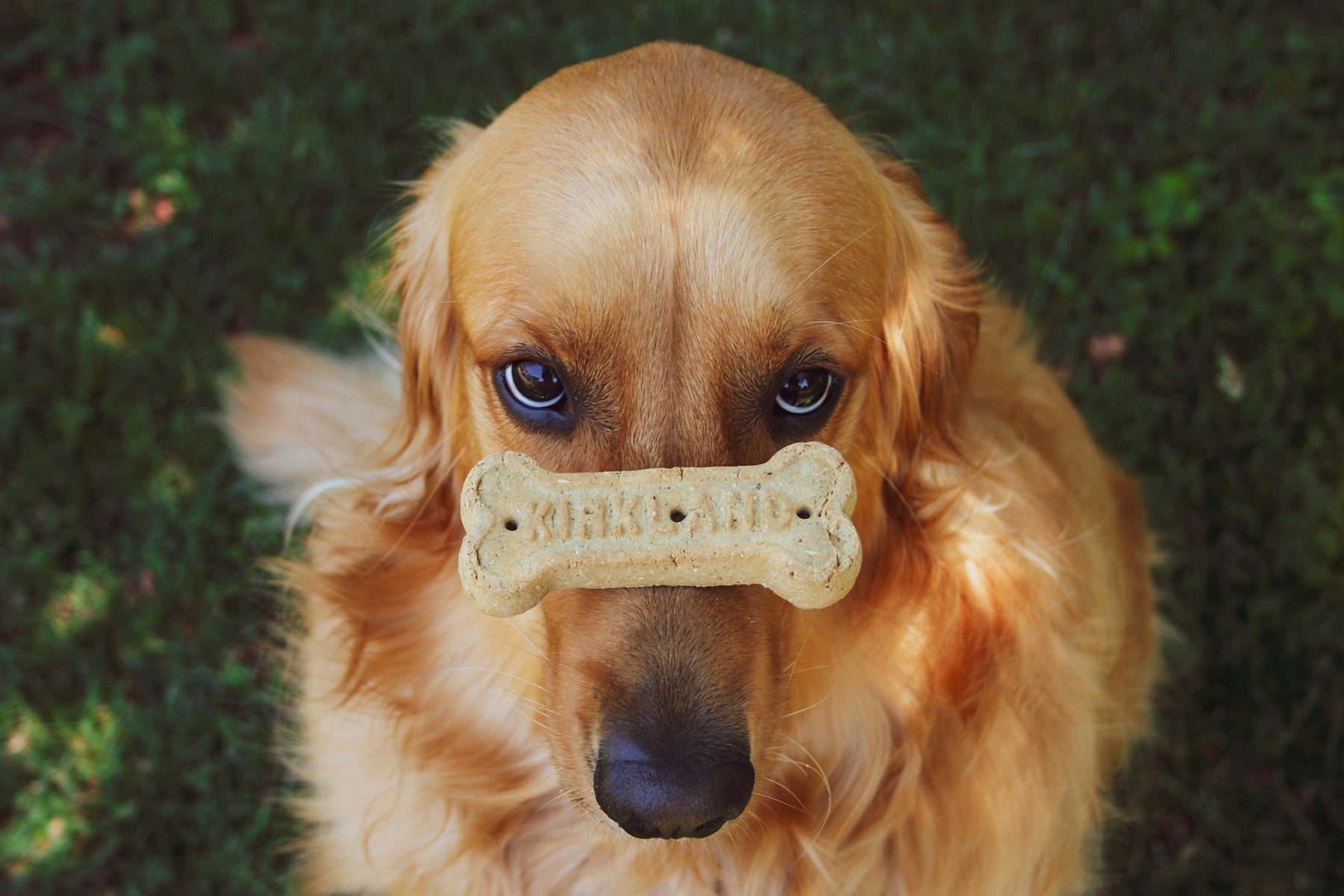
Are you interested in the Miniature Pinscher breed or are you considering adding a Miniature Pinscher puppy or adult dog to your family? We'll introduce you to the Miniature Pinscher character and give you tips on their upbringing.
What does a Miniature Pinscher look like?
The Miniature Pinscher, also known as Zwergpinscher or Min Pin, is one of the smaller-sized dog breeds, but they are not cosy lap dogs. Not infrequently they are referred to as the mini Doberman, to which they are originally related. However, the breed derives directly from the German Pinscher. As a smaller version, this dog does not look dwarfish compared to their big brother, but has a rather robust and muscular build.
This breed’s short and thick coat usually has a natural sheen. Miniature Pinschers are bred in the colours deer red, red-brown to dark red-brown and black. The black Miniature Pinschers have a resemblance to the German Dachshund. The ears of this breed are either protruding and triangular in shape, or folded down.
The pinscher's tail resembles a narrow saber and is firm and strong. Unfortunately, the tail is often docked, so that only a small stub remains. The docking of dog tails is strictly prohibited and may only be done for medically necessary reasons. However, it is "tolerated" with hunting dogs, since, according to hunters, there is a high risk of injury if the dog gets stuck with its tail somewhere during the hunt.
Miniature Pinscher - Character and Upbringing
The Miniature Pinscher character is balanced: he is bright, self-confident and attentive as well as very adaptable and happy to play. Miniature Pinschers are very suitable as family dogs. They are people-oriented and, due to their play instinct and their curiosity, are also suitable for a household with children. However, children should learn to deal with dogs and be able to show them their limits. Don’t allow the Miniature Pinscher to get into a situation where he sees himself as the pack leader and puts himself above individual family members, because he likes to test boundaries.
The Miniature Pinscher also tends to be under-challenged and needs to be challenged, both physically and mentally. His strong will to learn makes him a joyful student.
Even if the Miniature Pinscher is one of the easy-care dogs, it still has a pronounced hunting and guarding instinct. That's why they like to stick their noses into a rabbit hole or chase after mice, rabbits and other wild animals. With cats, however, the hunting instinct can lead to unpleasant encounters. In order to keep the Miniature Pinscher in a household with cats, he should get used to the felines as early as possible. Older dogs may have trouble adapting to the cats. In addition, this breed is easily excitable with a tendency to bark frequently, so they need consistent training early on.
Will a Miniature Pinscher suit me?
The Miniature Pinscher fits well with a family with older children as well as with a single person. He needs consistent instruction, otherwise he may take on the role of pack leader. You should have enough time for your Miniature Pinscher, just taking him for a walk is not enough. This dog breed feels especially comfortable around favourite people. This dog prefers to take long walks; his high urge to move around makes it easy for him to keep up with jogging and cycling, so this breed is very suitable for active people.
The Miniature Pinscher doesn't like to stay alone. Everything is a matter of upbringing, so you should get the Miniature Pinscher puppy used to the fact that he cannot follow you around constantly.
Typical diseases with the Miniature Pinscher
Miniature Pinschers are very sturdy little dogs. Nevertheless, they too tend to suffer from diseases and physical limitations:
Patellar luxation
The patellar dislocation, also known as the kneecap dislocation, can either be congenital or result from an accident. The Miniature Pinscher breed is predestined to inherit this disease. The kneecap dislocation usually occurs in young dogs that are growing. The kneecap can face either inward or outward. The best way to tell whether your dog is suffering from it is when he hops while running and only puts weight on his leg every 2 - 3 steps. In the case of a more serious malposition, the Miniature Pinscher can also become lame.
Alopecia
Although this genetic, selective hair loss can be improved with the right diet and nutritional supplements, relapses can occur again and again. The dog's hormonal status and avoidance of stress are important factors in controlling this hereditary disease. To counteract alopecia, you can add salmon oil and brewer's yeast to your dog’s diet. While salmon oil stimulates the natural coat metabolism, brewer's yeast provides important vitamin B and promotes coat growth.
Heart problems
Since the Miniature Pinscher is related to the Doberman, heart problems can occur. The focus is primarily on two heart diseases: dilative cardiomyopathy (DCM) and heart valve defects. Both diseases are characteristic of these breeds. Your Miniature Pinscher’s heart should be examined as early as 1-2 years of age.
Sensitivity to cold
Miniature Pinschers are more sensitive to cold than other breeds. This is because they are very narrow and have thin, short fur without an undercoat, which does not ward off much cold. As a result, this dog breed is not optimally equipped to withstand cold temperatures. In addition, frostbite can occur on ears, tail ends or paws. A dog coat isn’t just a fashion accessory for this breed, but very useful during the cold season.
Increased tremors
Increased tremors can be observed in many Miniature Pinschers. The tremors can be caused by the dogs being really cold and very excited, but overbreeding is also often the cause. Animals that are much too small, in particular, tend to shiver more and more.
Care of Miniature Pinschers
Dog grooming can vary greatly, depending on the breed. While German Shepherds require a lot of grooming due to their long fur, the Miniature Pinscher's coat is quite undemanding. It is very easy to care for because hardly any dirt accumulates. If there is insufficient mineral and vitamin intake, the fur can sometimes become brittle and dull and lose its natural shine. Older Miniature Pinschers also tend to have a dull coat. If this occurs, add some high-quality vital powder for dogs to the daily food. After 1 - 2 weeks the nutrient deficiency should be balanced and the coat of your Miniature Pinscher should shine again.
Paw and claw care are also a part of taking care of this dog breed. Especially in winter you should regularly check the paws of your Miniature Pinscher and, if necessary, rub them with a protective paw balm for dogs to prevent the paw pads from drying out and cracking. When trimming your dog's claws, you should make sure that they are long enough. If your dog walks mainly on asphalt and other hard surfaces, the claws wear short by themselves, so that frequent claw cutting is not necessary. However, if your four-legged friend runs over meadows, on forest paths and similar surfaces, then you may need to trim the claws more often.
Conclusion
Even if the Miniature Pinscher is a small dog breed, this passionate hunter is a loving family dog who needs to be challenged. He enjoys a lot of attention, regular training and a lot of time with his favourite people. Make sure to show him his limits. Genetically, this sturdy four-legged friend tends to have some hereditary diseases his owners should be well aware of early on.
